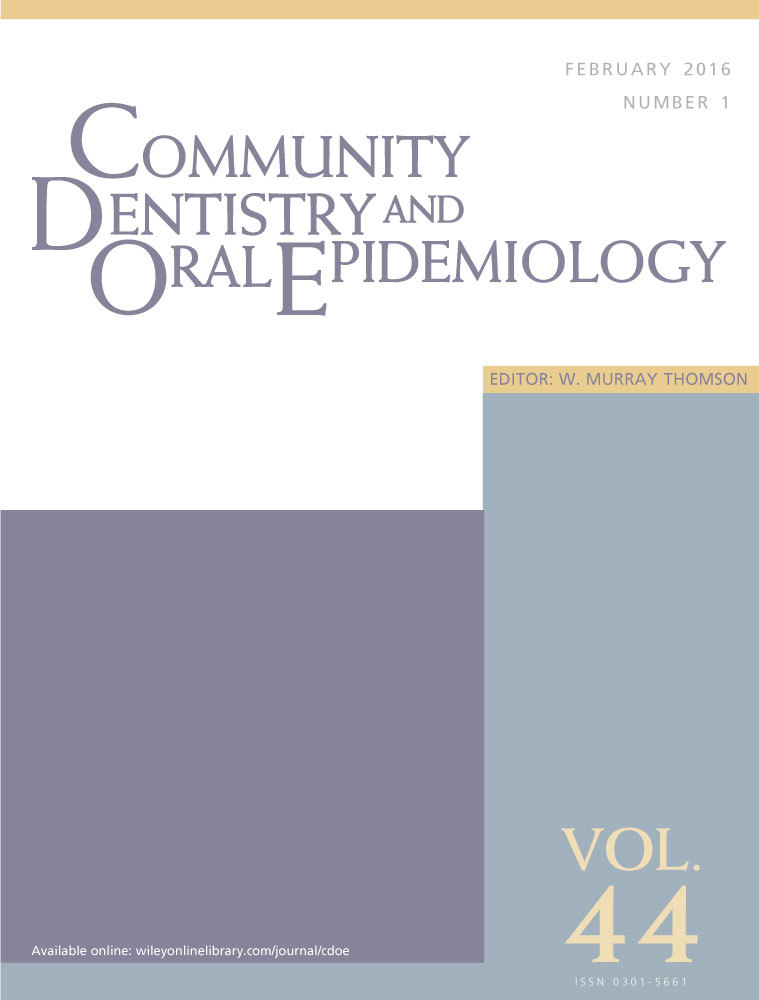A new insight into masticatory function and its determinants: a latent class analysis
Abstract
Objective
Masticatory function is an important factor for preservation of general health. Epidemiologic data on masticatory function and its determinants among Iranian population are sparse, and no study has evaluated masticatory function using latent class analysis (LCA). This study was conducted to investigate the masticatory function and its determinants among a large sample of Iranian adults.
Methods
In a cross-sectional study among 8691 adults, masticatory function was investigated using a validated questionnaire. LCA and latent class regression (LCR) were applied to identify classes of masticatory function and its potential determinants, respectively. In addition, multigroup LCA was conducted based on gender and age categories.
Results
In total, 11.24% and 24.87% of participants had poor and moderate masticatory function, respectively. Males (class size: 14.33%) were more likely to have poor masticatory function than females (class size: 2.35%) (P < 0.001). The results of LCR showed that higher age [adjusted odds ratio (OR): 1.09, 95% confidence interval (95% CI): 1.07–1.11, P < 0.001], male gender (OR: 1.37, 95% CI: 1.01–1.87, P < 0.05), and low physical activity (OR: 1.41, 95% CI: 1.08–1.85, P < 0.05) were associated with poor masticatory function. Nonsmokers had a lower chance of being in poor masticatory function class than heavy smokers (OR: 0.21, 95% CI: 0.11–0.38, P < 0.001).
Conclusion
The prevalence of poor masticatory function is high among Iranian adults. Aging, male gender, low levels of physical activity, and smoking were found to be associated with poor masticatory function.




